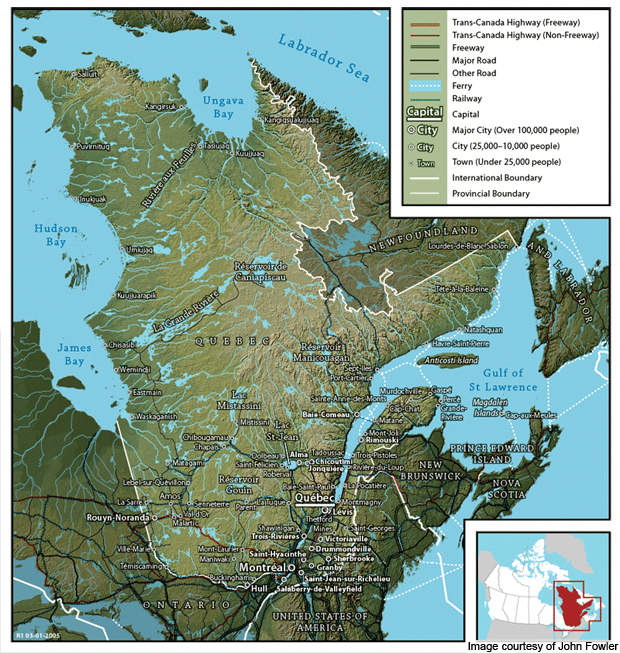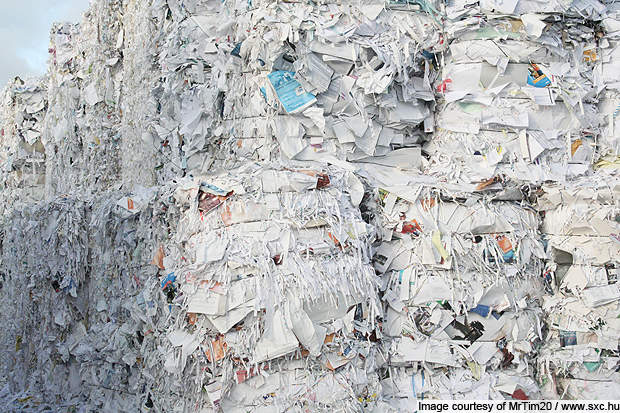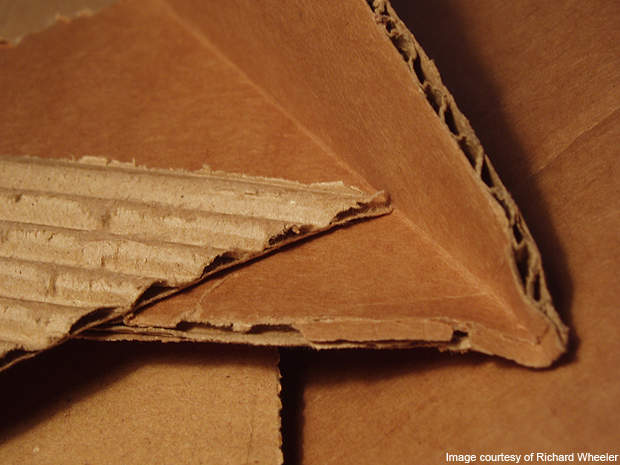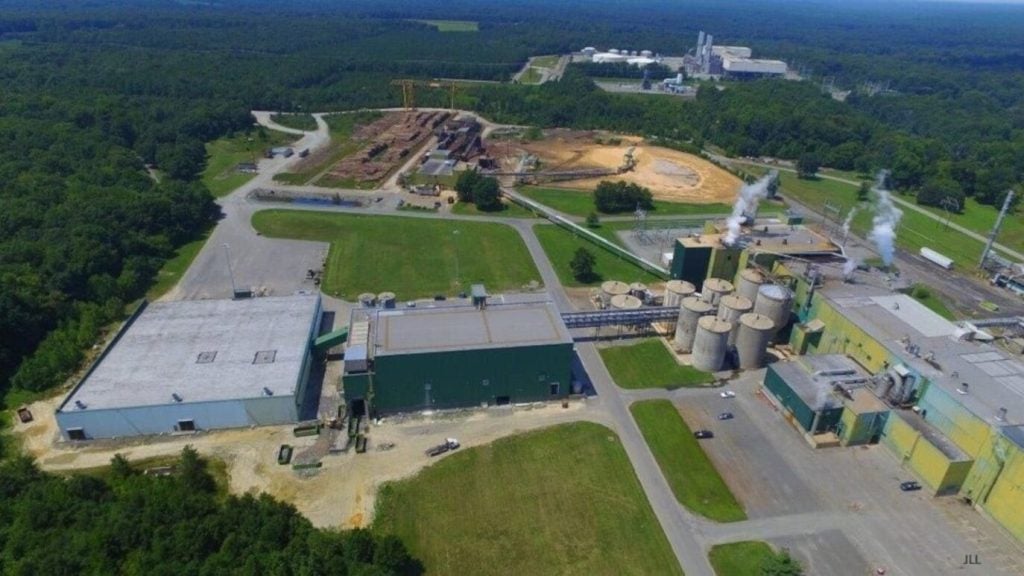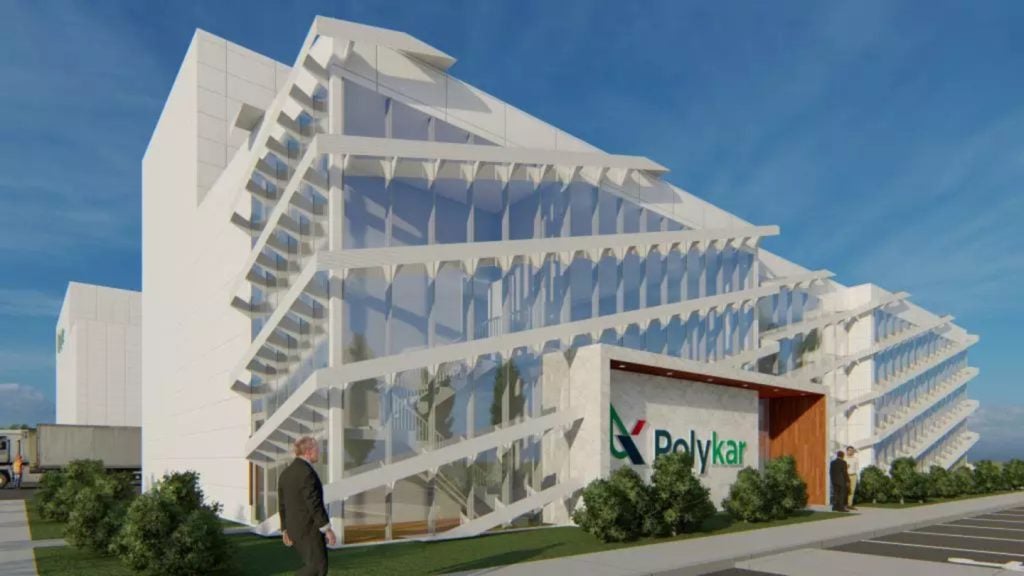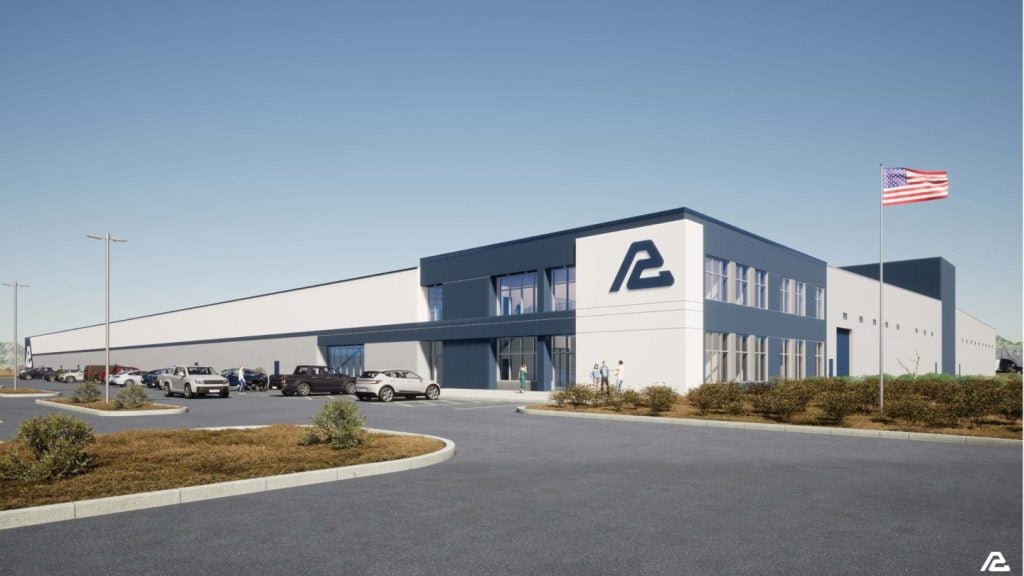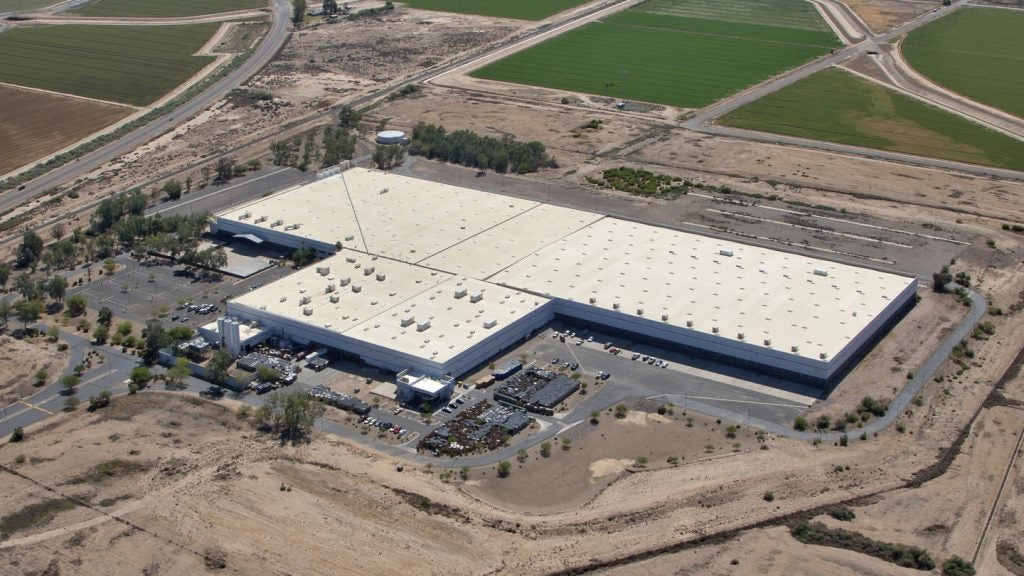Cascades East Angus Recycling Pulp Unit is based in the city of Quebec in Canada. It is the oldest mill in Canada and manufactures more than 100 categories of uncoated fine papers including security papers used for stock and bond certificates, voting ballots, passports and travellers’ cheques made from recycled fibre. The company currently produces 58,000t of de-inked bleached kraft pulp using 100% post-consumer recycled paper.
The company’s supply group is the 11th largest purchaser of used paper in the world.
Cascades is in the process of redeveloping the aging East Angus Mill. The $10m redevelopment project involves the construction of a new building in the existing premises. The project, which was announced in May 2010, had received an investment of $8m by the second quarter of 2011.
In March 2011, the project received $3.1m from the Canadian Government under the Pulp and Paper Green Transformation Program. The amount will be used towards the construction of a modern pulp recycling facility.
The new unit will produce kraft type recycled pulp from more than 200t old corrugated cardboard (OCC). Once fully operational, the new plant will increase kraft paper content from the current 43% to 70%.
The aim of the project is to include maximum recycled content in the products as it results in longevity of the plant and helps in reducing landfills.
In 2009, the company reused more than 2.1m tons of old paper and cardboard as raw-material instead of depositing it as landfill. It also reuses the water resulting in less consumption of river water. Cascades consumes an average of 10m3 a tonne of water while the industry average is 60m3 per tonne.
Cascades claims to be the only company in North America to achieve the Forest Stewardship Council (FSC) certification by the Chlorine Free Products Association (CFPA) that recognises chlorine free processes.
The company has 44 business units in North America and Europe and employs over 12,500 people.
Equipment installed
The new building will house a pulper, loading platforms and a warehouse. Around $7m has been invested in the new equipment.
Benefits
The fine paper manufactured by Cascades contains an average of 30% post-consumer fibre. In the long run, the facility will save 2.5 million tonnes of paper and cardboard, equivalent to 30 million trees.
In addition, the new facility will save 600,000 gigajoules of energy a year.
Process
Recycled paper accounts for two-thirds of the raw material used by the company. The old paper is purchased from industrial, commercial, institutional and municipal sources. The new facility will source the old corrugated cardboard from its sorting centres.
Cascades recycles three types of old paper commonly known as pulp substitutes, old post-industrial papers and old-post consumer papers. They are classified as brown, white and groundwood grades.
The brown grade has an unbleached kraft pulp base. The white and groundwood have mechanical pulp and chemically bleached kraft pulp bases respectively. These grades are further divided into sub-grades based on the level of paper contamination.
Background
In 1957, the Lemaire family founded a company named Drummond Pulp & Fibre, which was involved in the collection of household and industrial waste. In 1964, the recovery process was expanded to produce paper from recycled fibres, after the acquisition of a paper mill. The company was then officially known as Papier Cascades.
In 1971 the production unit was expanded with the creation of Cascades Forma-Pak, which was the first moulded-pulp mill to use 100% recycled fibres. After five years a container board mill, Papier Cascades, was started in Cabano in Quebec.
In 1984, Cascades took over an idle pulp mill from John Breakey Inc to build a newsprint de-inking operation. The de-inking process was later converted to bleach kraft papers for the production of fine and tissue papers. It was then the first company to use the flotation process for primary and secondary clarification.
In 1996, Cascades invested $3m to build peroxide and Formamidine Sulfinic Acid (FAS) bleaching, which was changed to hydro-sulphite bleaching in 1998.
A new flotation line was also added in the recent years. Over the years the company acquired many units in North America and Europe to specialise in fine and tissue paper production.

